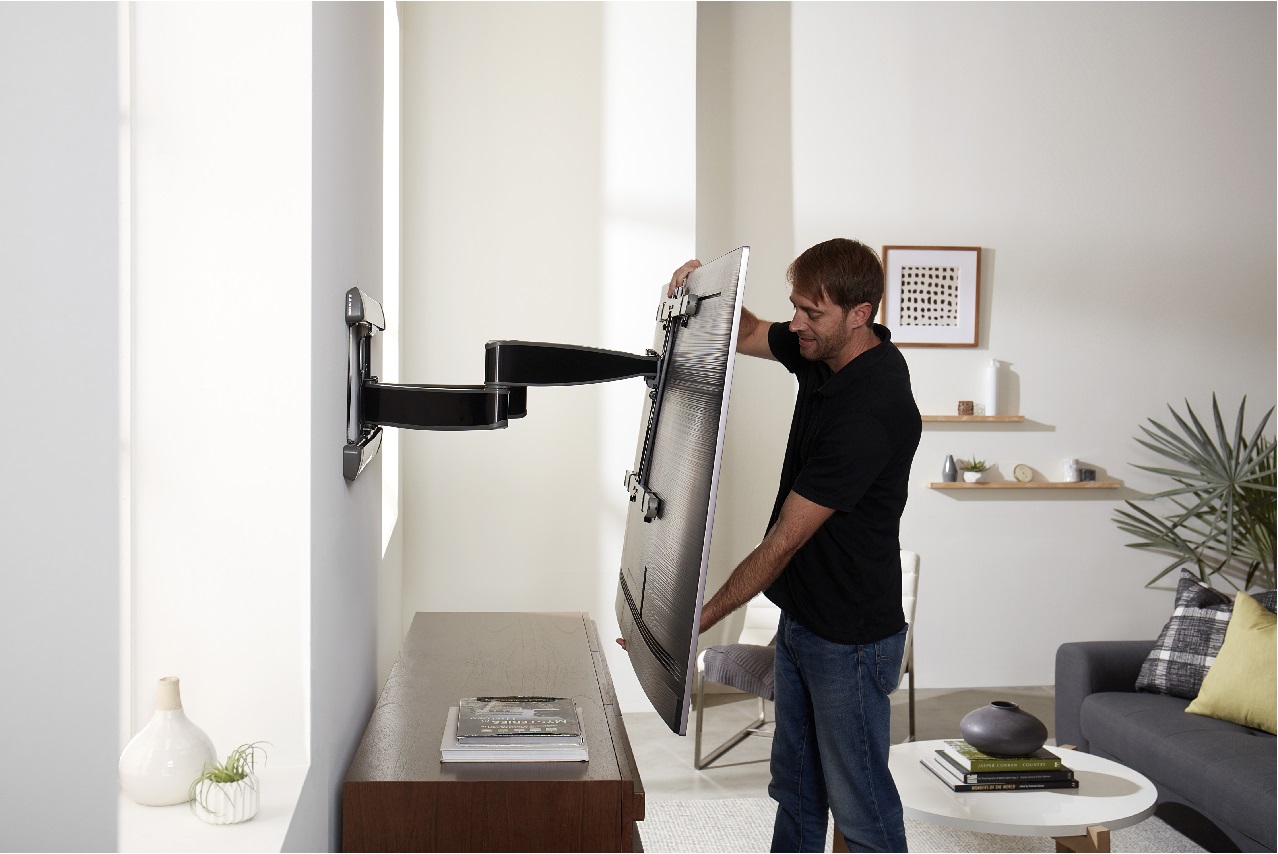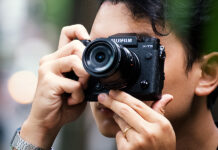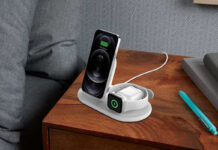
When setting up a home theatre, your mind is full of exciting details: assessing your needs and planning your set up, getting a TV with just the right specs, and transforming your space to an entertainment paradise. But with all these fun details on your mind, it’s easy to forget all the safety risks that come with a home theatre. Properly securing your TV, managing your cables, and having optimal lighting are all crucial to keeping your family and guests safe from harm. Here are tips to keep your home theatre setup safe so you can stay focused on the fun stuff.
Secure Your TV Safely
Because of their weight, size, and large glass screens, your television is likely the biggest safety risk in your home theatre. That’s why it’s super important to secure your TV properly.

Did you know it’s safer to mount a TV to a wall than having it sit on a TV stand? That’s because as TV screens have gotten bigger and thinner, they have become top-heavy and can tip over and easily fall off the stand. In addition to the potential damage to your TV, this poses a huge safety risk to anyone nearby. This is especially true if you have pets or small children in your home, who may bump into the TV stand, causing it to fall on top of them. If you want a safe home theatre, I recommend using a wall mount for your TV. Erin Lawrence wrote an informative article on the safety benefits of wall-mounting, so check that out if you want to learn more.
Enlist help for wall mounting
Of course, if you go the wall-mounting route, you’ll need to do it safely. First of all, moving around a giant flat screen isn’t easy for anybody, so make sure you have a buddy who can help you with the heavy lifting. Second, you’ll need to choose a wall mount that will work with you intended wall space. Not only does a mount need to be compatible with your TV, but also with your wall’s construction material. You should also make sure your wall is capable of supporting weight of both the TV and mount (wall mounts can be heavy!). And lastly, check your studs, and then check them again. Having your mount line up with wall studs is crucial for a secure and safe TV. And don’t forget to read all the important safety information in your mounting kit before starting. You can get good advice at your local Best Buy, or if you don’t have the DIY skills to mount a TV safely, don’t worry—Geek Squad provides professional home theatre set up services.
Safety straps can provide peace of mind
If wall-mounting isn’t possible in your home (maybe you’re renting), there are other options to secure your TV. A great alternative to wall-mounting is to use safety straps like this Sanus Anti-Tip Safety Strap. Safety straps anchor your TV to the wall or TV stand to prevent tip-over.

For more details on mounting a TV, check out Geek Squad’s article on How to Mount a TV.
Cable Management is Hazard Management
It’s no secret that cables and cords are safety hazards. Almost all of us have taken a spill over an ill-placed cord at some point, and the dangers of electricity are no joke. And with more and more electronic devices entering our homes, that means more cables and more risks to our safety. Luckily, there are many things you can do to your risk and prevent accidents.

You should start thinking about cables before you set up your home theatre. Think about the positioning of your devices and their relation to your electrical outlets. You’ll want to place your devices as close to your outlets as possible to reduce the risk of tripping. And if you’re buying new cords, choose the length carefully. You’ll want them long enough to reach the outlet, but not so long they leave a lot of cord on the floor.
Plan your home theatre so that no cables will need to go through doorways, under rugs, or across other common walking areas. You should also check the cords on your devices for any looseness, frays, or damage.
If you’re having trouble, there are plenty of cable management products to help you out. Not only do they keep cables safely tucked away, but they also help keep your home theatre looking neat, organized, and professional. Home Theatre editor Erin also did a great overview of how to manage your cables using kits to organize and cover cords, or even hide them behind the wall.
Surge protectors save your electronics from harm
You should also invest in a good surge protector. Any safety-conscious tech enthusiast has at least a few. Surge protectors not only provide you additional outlets, but also protect your cables from power surges and spikes. During a power surge, cables can overheat and cause damage to the cable, or even start a fire. Since most home theatres will require dozens of cords, surge protectors are a must. Just don’t forget to check the voltage on your outlet to make sure you’re not plugging in too much to prevent overloading the circuit.

A Little Light Goes a Long Way
Home theatre lighting seems easy at first. Just turn off the lights and let the glow of the TV wash over you, right? Wrong!
Actually, the contrast between total darkness and a bright TV screen can cause eye strain, and keeping the room too dark can prevent you from seeing hazards you might normally avoid, such as errant cords or low furniture. If you want a safe home theatre, you’re going to need a source of light besides the TV screen.

But that doesn’t mean you need to sacrifice the ambiance of your home theatre. Erin Lawrence’s blog on improving your home theatre lighting goes into detail on the benefits of “bias lighting”. Bias lighting is when a light source is placed just behind the TV screen to offset its brightness. This eases the light contrast for your eye and provides that extra bit light needed to be aware of your surroundings. LED strip lights are an easy way to include bias lighting in any home theatre setup.
If bias lighting isn’t for you, smart lights are another great option. Smart lights can be dimmed to your exact specifications, so you can strike the perfect balance between visibility and ambiance. Some smart lights, like this Philips Hue multi-colour LED smart light can be set to any colour, so you can still set the mood while keeping your space well lit.
Choose great home theatre seating
If you want the full theatre experience, consider adding some home theatre seating to your set up. Some of them, like this 3-Seat set from Octane include underlighting that brightens the areas around your feet where any tripping hazards are likely to be. And of course, an old school lamp is always an option too.

Home theatres are supposed to be about fun, so let’s keep it that way. Whether you’re starting from scratch or tweaking your existing setup, think about potential safety hazards and what you can do to keep you and your loved ones safe. To get started, check out Best Buy’s selection of wall mounts, surge protectors, and smart lighting, and call Geek Squad if you need a little help.






































